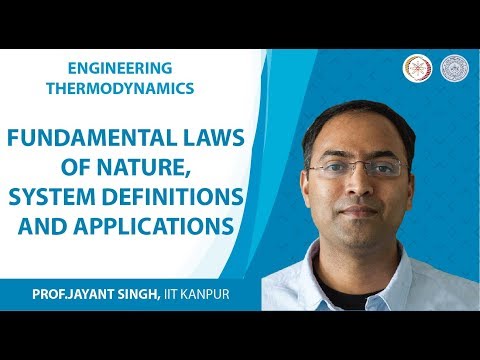Description:
COURSE OUTLINE: This course provides an introduction to the most powerful engineering principles -Thermodynamics: the science of energy and its transformation from one form to another form. The subject is widely applicable in several branches of engineering and science. The objective of this course is to introduce different tools needed to analyze energy systems from various daily lives to large scale engineering applications. More specifically, we will cover the topics of mass and energy conservation principles; first law analysis of closed and open systems; understanding second law of thermodynamics and entropy; exergy; properties of pure substances; power generation and refrigeration on thermodynamic cycles; thermodynamic relation, combustion and reaction.

Engineering Thermodynamics
Add to list
#Science
#Physics
#Thermodynamics
#Equations of State
#Computer Science
#Information Theory
#Entropy
#Phase Changes